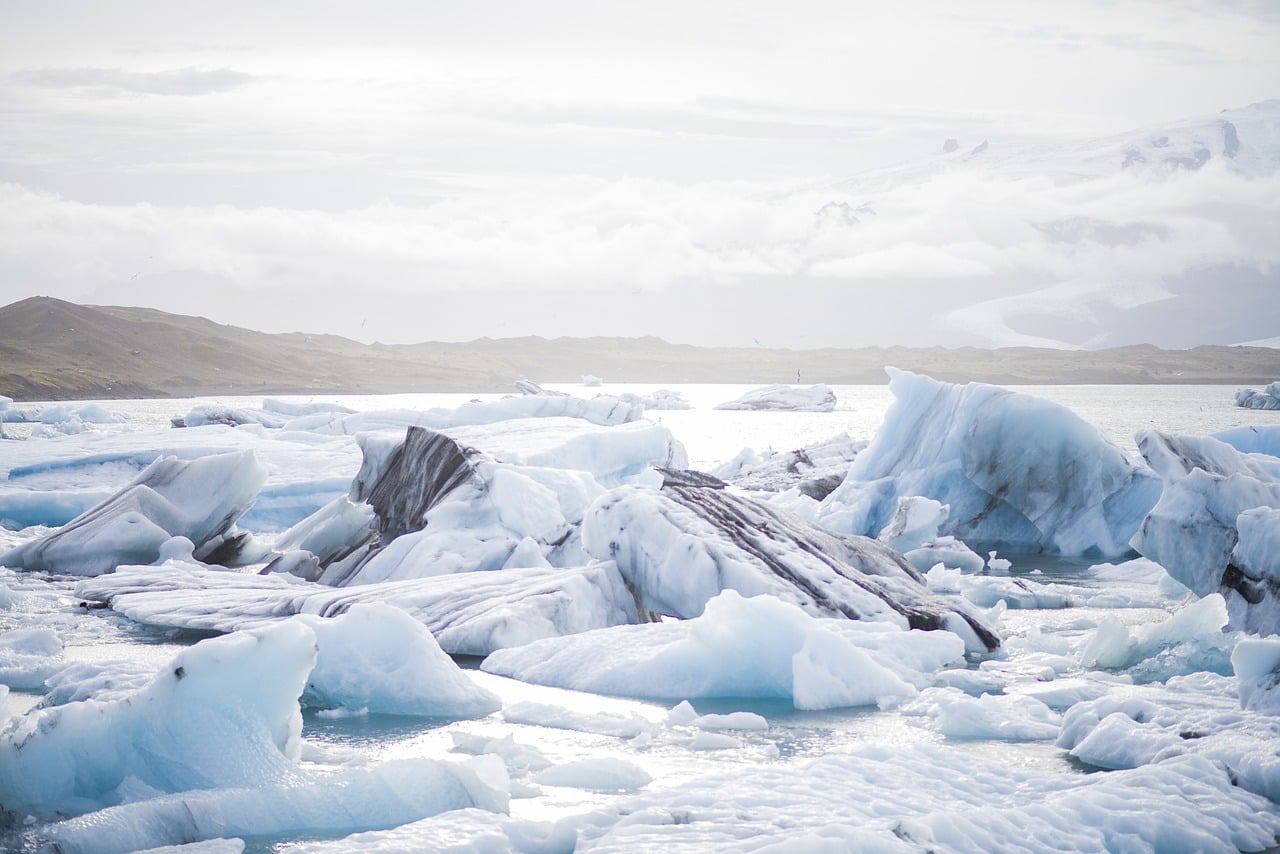Scientists were baffled by a mysterious hole in the Antarctic Sea ice, in the Weddell Sea, which first appeared in 2016, and then in 2017. Now, a group of scientists conducted a study which may finally explain the origin of the mysterious hole.
While bigger gaps have been observed forming at times over the decades, this is the first time researchers successfully monitored a mysterious gap in the sea ice in Antarctica.
The study led by the University of Washington was published in the journal Nature and used a combination of satellite images which observed the ice cover, as well as robotic drifters, and seals that were equipped with sensors, to get a better understanding of the mysterious hole in Antarctic sea ice.
“We thought this large hole in the sea ice—known as a polynya—was something that was rare, maybe a process that had gone extinct. But the events in 2016 and 2017 forced us to reevaluate that,” lead author Ethan Campbell, a UW doctoral student in oceanography said in a statement. “Observations show that the recent polynyas opened from a combination of factors—one being the unusual ocean conditions, and the other being a series of very intense storms that swirled over the Weddell Sea with almost hurricane-force winds.”
A “polynya,” which roughly translates into “hole in the ice” in Russian, forms near the shore and then wind pushes the ice around the part where it formed. However, it’s worth noting that it can appear far from the coast as well and persist for weeks or months. Penguins usually use it as an oasis, while seals and whales use it as an area where they can come up to breathe.
Campbell joined the University of Washington in 2016 to learn more about the mysterious hole in Antarctic sea ice, and luckily a big one appeared for the first time in decades. They used NASA’s satellite images to observe the 13,000-square-mile hole that was present in the area for three weeks in 2016. Just one year later, an even larger hole measuring 19,000 square miles appeared in September and October of 2017.
As well, the study used data from the Argo ocean observing program which uses elephant seals that beam data to the shore, as well as weather stations and other decades-old satellite images.
“This study shows that this polynya is actually caused by a number of factors that all have to line up for it to happen,” said co-author Stephen Riser, a UW professor of oceanography. “In any given year you could have several of these things happen, but unless you get them all, then you don’t get a polynya.”
The study indicates that when ocean winds surrounding Antarctica come close to the shore, they create an upward mixing of the seawater in the eastern Weddell Sea. This forces dense seawater to swirl around an underwater mountain, Maud Rise, creating an intense spinning vortex above it, up to the sea ice.
More analysis shows that the surface of the ocean is especially salty when this occurs as well, as per the 2016 occasions, where intense winter storms caused an overturning circulation to occur.
It’s worth noting that climate change causes fresh water to melt off the glaciers and other sources to create a less dense layer in the Southern Ocean, which could result in fewer polynyas in the future.
The mysterious hole in Antarctica’s sea ice makes the first observation of a smaller polynya, proving that water can move all the way from the surface, deep toward the bottom of the ocean.
“Essentially it’s a flipping over of the entire ocean, rather than an injection of surface water on a one-way trip from the surface to the deep,” said co-author Earle Wilson, who recently completed his doctorate in oceanography at the UW.





